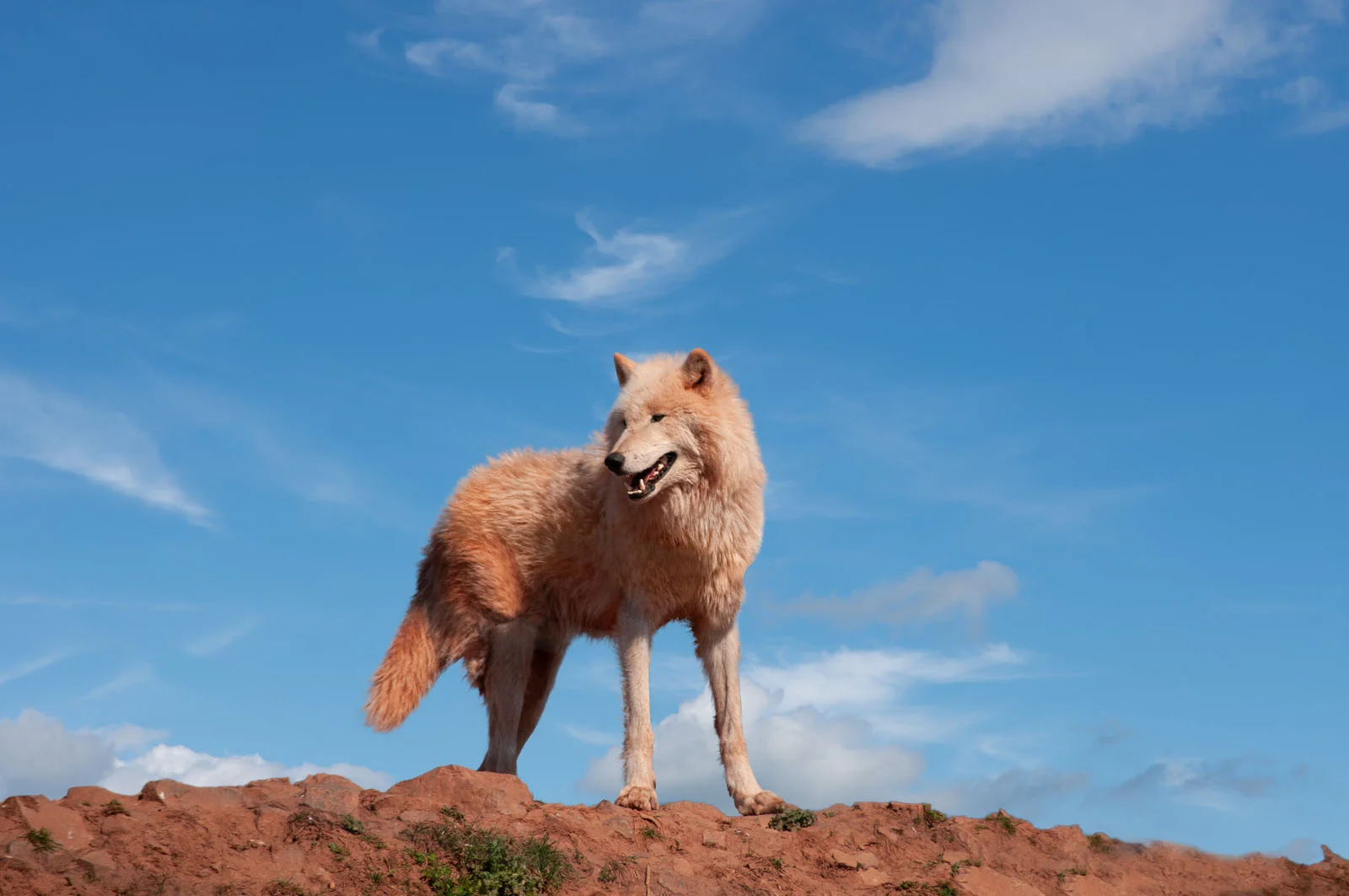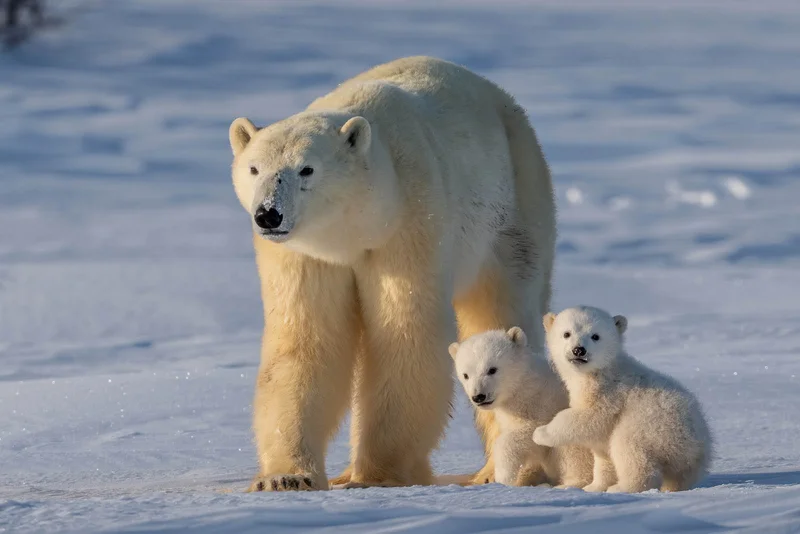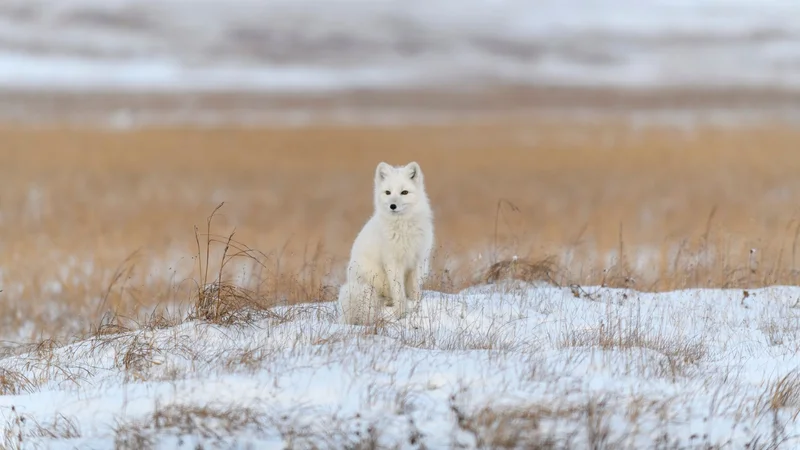Essential Wolf Information
Summary:
Wolves have long been misunderstood, often viewed as dangerous predators. However, wolves rarely pose a threat to humans, with documented attacks mainly involving rabid animals. Wolves are more commonly seen avoiding human contact due to a long history of persecution by farmers and hunters.
Subspecies and Distribution
There are over 30 sub-species of wolves distributed across Europe, Eurasia, and North America. In the Arctic circle, the Tundra Wolf (Eurasia) and Arctic Wolf (North America and Greenland) are the most common sub-species. These wolves are well-adapted to the harsh conditions of the tundra and are often found in remote, rugged landscapes, where human encounters are rare.
Social Structure
Wolves are social creatures, living in highly organized packs. A lone wolf is usually a temporary status, as they may be seeking a new pack or starting their own. Although popular belief suggests that wolf packs are collaborative hunters, recent research shows that single wolves or pairs often have more hunting success than larger groups. However, packs are advantageous when taking down large prey, such as moose or bison.
Hunting and Behavior
Despite their social nature, wolves are also skilled solitary hunters. A single wolf can take down large prey, although it is more common for packs to coordinate hunting strategies when dealing with massive animals. Wolves primarily feed on ungulates such as deer, elk, and musk ox, but their diet can include smaller animals like hares or birds when large prey is scarce.
Population and Conservation
It is estimated that approximately 300,000 wild wolves remain worldwide, with stable populations in remote areas such as Canada and northern Russia. These regions offer vast habitats, away from human interference, where wolves can thrive. Due to successful conservation efforts and their adaptation to various environments, many wolf populations are no longer considered endangered.
Interesting Facts
- Human Avoidance: Wolves have learned to fear humans due to generations of hunting and persecution, which has contributed to their survival in remote areas.
- Hunting Efficiency: Single wolves and pairs often have higher hunting success than larger packs, although packs are better suited to tackle large prey.
- Social Animals: Wolves are pack animals, and lone wolves are typically in search of a new pack or territory.























